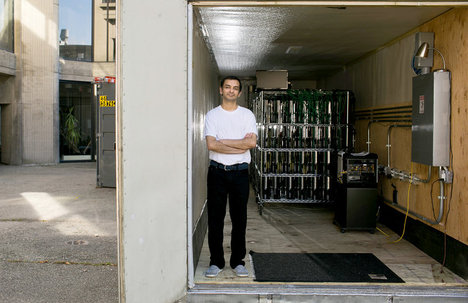(p. A23) One of the great intellectual and moral epiphanies of our time is the realization that human diversity is a blessing. It has become conventional wisdom that being around those unlike ourselves makes us better people — and more productive to boot.
Scholarly studies have piled up showing that race and gender diversity in the workplace can increase creative thinking and improve performance. Meanwhile, excessive homogeneity can lead to stagnation and poor problem-solving.
Unfortunately, new research also shows that academia has itself stopped short in both the understanding and practice of true diversity — the diversity of ideas — and that the problem is taking a toll on the quality and accuracy of scholarly work. This year, a team of scholars from six universities studying ideological diversity in the behavioral sciences published a paper in the journal Behavioral and Brain Sciences that details a shocking level of political groupthink in academia. The authors show that for every politically conservative social psychologist in academia there are about 14 liberal social psychologists.
Why the imbalance? The researchers found evidence of discrimination and hostility within academia toward conservative researchers and their viewpoints. In one survey cited, 79 percent of social psychologists admitted they would be less likely to support hiring a conservative colleague than a liberal scholar with equivalent qualifications.
For the full commentary, see:
Arthur C. Brooks. “Academia’s Rejection of Diversity.” The New York Times (Sat., OCT. 31, 2015): A23.
(Note: the online version of the commentary has the date OCT. 30, 2015.)
The Behavioral and Brain Sciences article mentioned above, is:
Duarte, José L., Jarret T. Crawford, Charlotta Stern, Jonathan Haidt, Lee Jussim, and Philip E. Tetlock. “Political Diversity Will Improve Social Psychological Science.” Behavioral and Brain Sciences 38 (Jan. 2015) DOI: http://dx.doi.org.leo.lib.unomaha.edu/10.1017/S0140525X14000041


